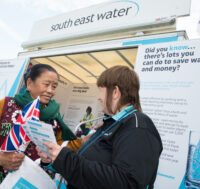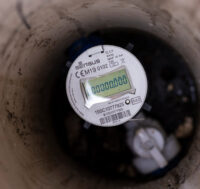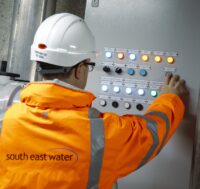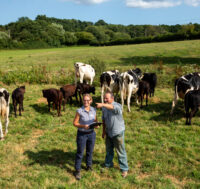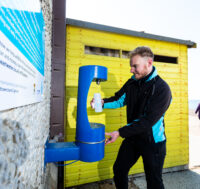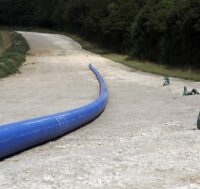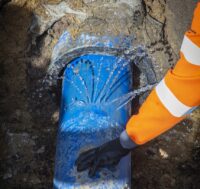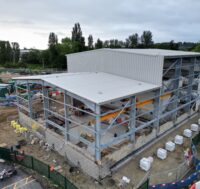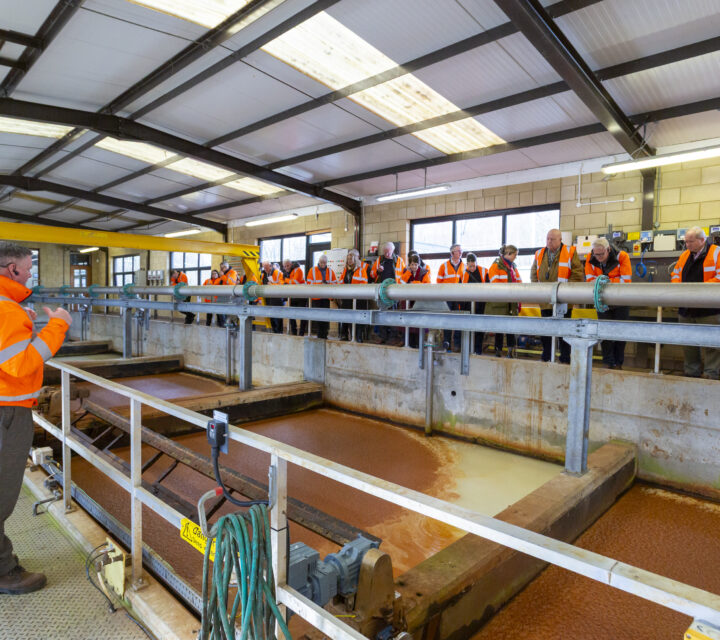Our responsible business commitment to trusted corporate governance
What is this commitment?
We will follow best practice on Board composition and governance. We will not issue any new debt from the Cayman Islands and will look to remove debt that is held there as soon as practicable.
Desired impact – For South East Water to demonstrate commitment to best practice corporate governance.
How have we performed?
Our governance is grounded in our purpose and based on our corporate governance code which incorporates the UK Corporate Governance Code 2018 and Ofwat’s board leadership, transparency and governance objectives.
The composition of our board and committees meets the requirements of our corporate governance code and Ofwat’s board leadership, transparency, and governance principles. Independent non-executive directors are the largest group on our board and all committees of the board are chaired by and have a majority of independent non-executive directors.
Our company purpose: “To provide today’s public water service and create tomorrow’s water supply solutions, fairly and responsibly, working with others to help society and the environment to thrive” is embedded into our articles of association. This means that our directors must act in the way they consider, in good faith, would be most likely to fulfil the purpose of the company.
With the adoption of our purpose and corporate governance framework, we follow an approach to governance that is focused on stakeholder inclusiveness based on regular engagement and feedback from customers and stakeholders.
Following these principles, we have set out our strategic priorities to 2050 to fulfil the company purpose in our strategic direction statement. This includes our priorities in relation to ESG, corporate social responsibility and sustainability which were defined following engagement with customers and stakeholders.
These strategic priorities are used to articulate the different aspects of our long term plans. For example, when preparing our long-term delivery strategy (which describes the performance and service improvements we want to achieve, the levels of performance we target and how we will prioritise and phase investment between now and 2050), and our latest business plan for 2025 to 2030 (which sets out our proposals for investment and other actions to improve our service, especially the resilience of our water supply system to peaks in demand caused by changes in consumptions and extreme weather and build a stronger foundation from which to adapt our system to meet future challenges.
Our non-financial and sustainability information statement (which includes our climate-related disclosures), reflect legislative requirements and the recommendations of the task force on climate-related financial disclosures.
Our climate-related disclosures set out a qualitative assessment of climate-related risks on the business under several scenarios using the detailed analysis of climate projections and climate-related risks carried out for the purpose of our long-term delivery strategy. Our scenarios are based on the analysis of climate projections and climate-related risks (and combinations of risks) that present specific challenges to our operations such as droughts, heatwaves or floods. We used spatially coherent temperature and precipitation daily time series in 12km grid-squares from the UKCP18 regional climate model (RCM) to better understand how climate risks differ between the Kent, Sussex and Western regions of our supply area and their potential impact on our assets and operations. This is essential to better understand the potential impacts of climate change and anticipate the investment in infrastructure that will be necessary to face these challenges which affect our water resources, our assets and how our customers use water.
We have submitted and published an updated climate change adaptation report in November 2024 in the fourth round of voluntary reporting to Defra under the Climate Change Act 2008. This will help the Climate Change Committee assess how England is prepared for climate change and progress to adapt to climate change to date.
The remuneration of executive directors is determined by the remuneration committee in accordance with the remuneration policy published in our annual report. Our remuneration committee has been developing an updated remuneration policy and performance related pay incentive plan for 2025 to 2030, continuing our focus on reflecting performance for customers and the environment. The revised policy sets out the principles on the structure, balance, and key characteristics of the incentive plan for 2025 to 2030 in a way that meets the UK economic regulator’s expectations about executive remuneration.
The remuneration committee sets the remuneration of our executives by reference to market practices at a level sufficient to attract, motivate and retain individuals with the appropriate experience, skills and competencies to lead the business. It maintains remuneration at a median level with comparable companies but ensures that comparisons do not result in unjustified increases.
Variable pay reflects performance and is demonstrably linked to the delivery of the core purpose of the company to provide the public water service. Bonuses are designed to incentivise the delivery of annual performance commitments and financial as well as environmental, social and governance objectives and the delivery of the long term strategy of the company.
We set out our remuneration policy transparently in our annual report each year and we have aligned our standard of disclosure on executive remuneration to those that apply to listed companies even though we are not a listed company. Every year, we publish detailed explanations about executive directors’ remuneration and the decisions of the remuneration committee. This includes its decision on whether or not to pay a bonus.
We also publish our dividend policy on our website and information on dividend every year, meeting the expectations set by our regulators. Our dividend policy reflects recent obligations under the company’s licence and expectations set by our economic regulator; especially with regard to consideration of performance for customers and the environment when authorising dividends. Our ultimate shareholders have recently contributed £275 million of capital to improve our liquidity and financial resilience, but no dividend was paid in the years ending 31 March 2025 to our ultimate shareholders, who haven’t received a dividend since 2019.








